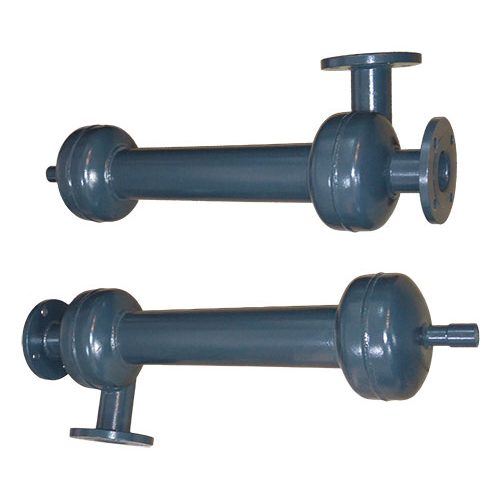Hydro Cyclone Separator Filters
Hydrocyclone Separators
Accepta’s range of high performance Hydro Cyclone Separators are designed to remove liquid-solids with no moving parts to wear out, no screens, cartridges, cones or filter elements to clean or replace. This also means no hassle with backflushing.
Accepta’s Cyclone Separator Systems can operate at a Flow Range: 3 – 290 U.S. gpm (.7 – 66 m³/hr) with a Maximum Pressure: 150 psi (10.3 bar)


Products
Accepta Cyclone Separators are the versatile low flow rate filtration solution, ideal for low solids handling applications. These separators are designed to remove sand, silt, grit, and scale. They are available in both mild carbon steel and stainless steel.
Accepta can also supply Branded Lakos and Cobra Vortex Separators as POA.
Hydro Cyclone Separator Filter - Stainless Steel 316
£150.00 – £3,374.00 ex. VATHow Hydrocyclones Work
Hydrocyclone separators, also known as hydrocyclones, are devices used to separate particles in a liquid suspension based on the ratio of their centripetal force to fluid resistance. They are widely used in industries such as mining, chemical processing, and wastewater treatment for particle classification, thickening, and desliming. Here’s a detailed explanation of how they work:
Structure of a Hydrocyclone
A typical hydrocyclone consists of:
- Cylindrical Section: The upper part where the feed enters.
- Conical Section: The tapered part where separation occurs.
- Inlet: Tangentially feeds the slurry into the hydrocyclone.
- Vortex Finder: An inner tube that extends into the cylindrical section, guiding the lighter particles out.
- Overflow Outlet: Located at the top, where the lighter, finer particles (overflow) exit.
- Underflow Outlet: Located at the bottom, where the heavier, coarser particles (underflow) exit.
Working Principle
- Slurry Feed: A mixture of solid particles and liquid (slurry) is fed tangentially into the hydrocyclone at high velocity. This tangential entry causes the slurry to spin, creating a centrifugal force.
- Centrifugal Force: As the slurry spins inside the hydrocyclone, the centrifugal force pushes the heavier particles toward the wall of the cyclone.
- Separation Zone: The conical shape of the hydrocyclone accelerates the slurry, increasing the centrifugal force and enhancing particle separation. Heavier particles spiral down along the cyclone wall towards the underflow outlet due to their greater inertia.
- Vortex Formation: Inside the hydrocyclone, two vortices are formed:
- Primary Vortex: An outer spiral moving downward toward the underflow outlet, carrying the heavier particles.
- Secondary Vortex: An inner spiral moving upward toward the overflow outlet, carrying the lighter particles.
- Underflow and Overflow:
- Underflow: The heavier particles and coarser material, which cannot be carried by the inner vortex, exit through the underflow outlet at the bottom.
- Overflow: The lighter particles and finer material, carried by the inner vortex, exit through the overflow outlet at the top.
Factors Affecting Performance
- Feed Pressure: Higher feed pressure increases the centrifugal force, improving separation efficiency but also increasing wear on the hydrocyclone.
- Particle Size and Density: Larger and denser particles are more easily separated than smaller, less dense particles.
- Hydrocyclone Design: The dimensions of the cylindrical section, conical section, vortex finder, and outlets affect separation efficiency.
- Slurry Concentration: The concentration of solids in the slurry can impact the separation process, with higher concentrations potentially leading to reduced efficiency.
Applications
- Mining: For ore processing, classification, and dewatering.
- Chemical Processing: For separating fine particles from liquids.
- Wastewater Treatment: For removing solids from liquid waste streams.
- Food Industry: For separating starch and proteins.
Advantages
- No Moving Parts: Reduces maintenance and operational costs.
- High Capacity: Can handle large volumes of slurry.
- Efficient Separation: Provides effective separation of particles based on size and density.
Limitations
- Wear and Tear: High feed velocities can cause significant wear on the hydrocyclone’s interior surfaces.
- Limited by Particle Size Range: Extremely fine particles might not be efficiently separated.
Ready to talk about water treatment?
Contact us
Please complete this form and we will be in touch
